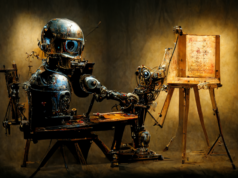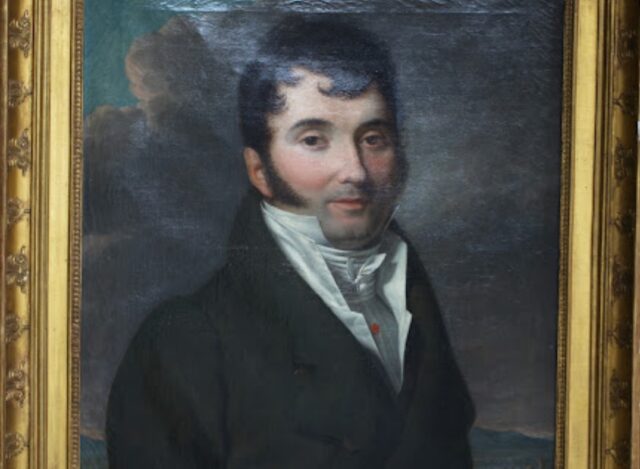
If you are like I am, it’s quite likely that you love everything about art. This is probably one of the main reasons why you also like reading and learning more about a wide range of artists that lived before us, including a French artist that went by the name of Antoine Borel.
So, who is he? When was he born, where did he live? What pieces of art did he produce? Luckily for all people that are wondering the exact same things, our list below will shed some light on this persona. Here are nine interesting facts about Antoine Borel’s incredible life:
1. He Was The Son of a Portrait Painter
The very first thing that you’ll have to know about Antoine Borel is that he was born in 1743, in the France capital, Paris. Since he was the son of a portrait painter, he did first devote himself to painting portraits as well, however, soon after, he realized that painting portraits in watercolors weren’t really for him.
Why? Well, the subjects of his art were often political allegories, which is why he thought that it’s more suitable if he engraved them – because he could them produce prints that would be vastly available to the masses.
2. He Wasn’t Only a Painter
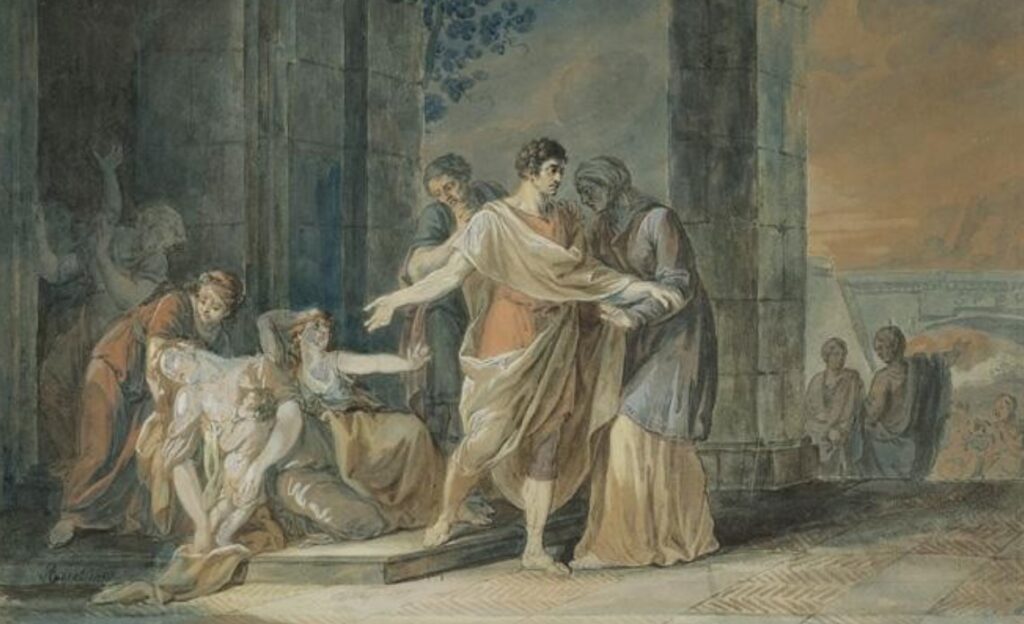
Although a lot of individuals think that Borel was only a painter, this isn’t entirely accurate. In fact, during his lifetime, he also enjoyed designing a lot of things and he was also an engraver.
Additionally, a lot of other artists that were famous during his lifetime opted for producing engravings based on his drawings, thus, once you browse through his art, don’t be surprised if you find some prints that were done by other individuals of that time such as the one featured on Meisterdrucke.
3. He Quickly Made a Name For Himself
As mentioned before, a lot of his art has a topic of political allegories, and when two of his art pieces were successfully engraved by Jean-Louis Anselin in 1780, he opted for becoming a cartoonist of vignettes, and this is exactly when he managed to make a name for himself. Because he didn’t have an issue with drawing, painting, or engraving different and most commonly bold topics, a wide range of individuals praised him for his patriotism.
4. He Did Art For Various Books
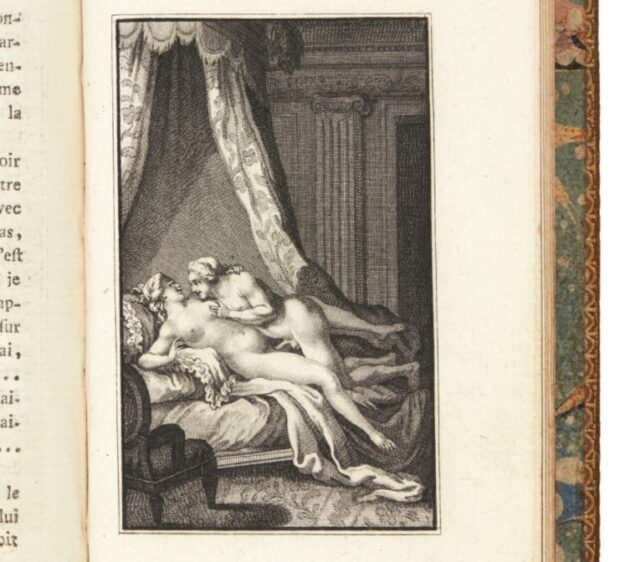
One of the main reasons why he was hired to illustrate a lot of different books is because of his deep understanding of different topics. For example, he offered his talent to Nerciat (who did write a lot of erotic books), as well as Montigny and Sade.
Though the books had a different topic than you may have expected, he did manage to perfectly capture the essence and theme of the books, which is the reason most of the art found in these books became extremely popular and well-known.
5. He Did do Some Serious Compositions
Yes, you might be surprised that he offered his drawing and painting services for some erotic books, however, he did also do some truly serious compositions that are especially valued in the world of art.
Among these pieces of art are “Charles IX, Tragedy of Chenier” (1790), “Plutarque” (1783), and the “Theatre Des Grecs”, a particular painting that took him the longest to produce. He painted it from 1785, all the way to 1789.
6. He Was an Active Participant in the Revolution
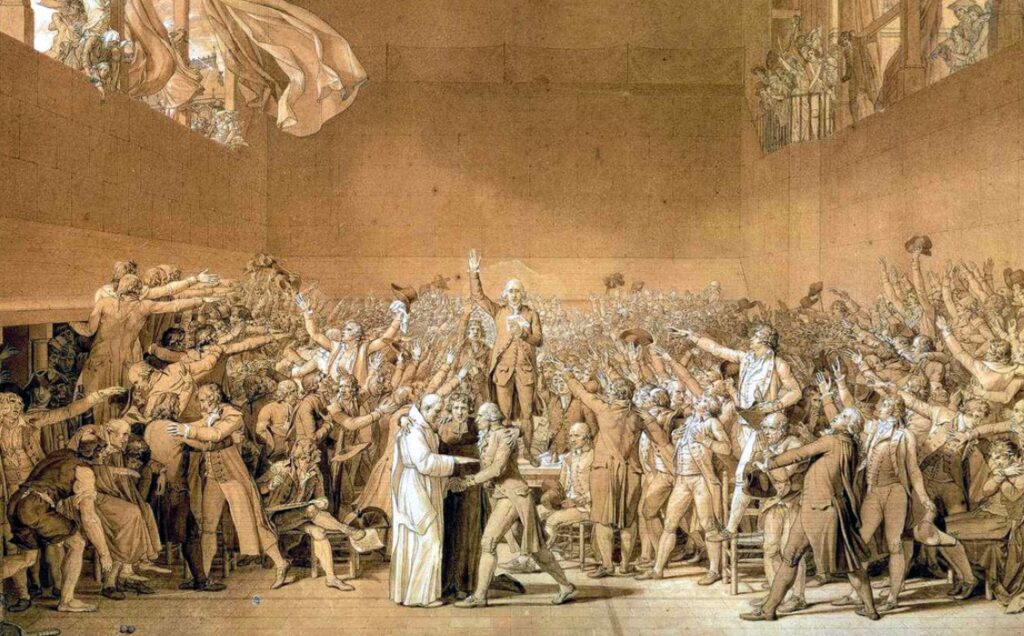
Now, the very first thing that you should know is that he actually participated in the Revolution by painting, engraving, and drawing a wide range of art. Some of the pieces that you might be interested in seeing include “The Fastes of The French Revolution” and “The National Assembly”. Besides this, these pieces of art were heavily copied and engraved by a wide range of other artists, including Ponce, Delaunay, and so on.
7. Gustave Pawlowski Loved How Neat Borel Was
No matter what type of art Borel opted for producing and putting out in the world during his lifetime, he was always heavily praised by Gustave Pawlowski.
In fact, Pawlowski even stated – multiple times – that no matter what type of art Borel opted for producing – engravings, drawings, paintings – he was always neat and every single one of his paintings was always well finished, clear, and definitely on point.
He added that he truly enjoyed looking at his drawings produced in India ink, sepia, in pen, as well as in bistre.
8. His Art is Being Sold Today

You may have thought that Borel’s art isn’t sold nowadays, however, this isn’t entirely accurate. In fact, if you do some digging online, you’ll discover that his work has been auctioned several times.
The prices did range from approximately $1.200 to $11.200, but this price mostly depended on the size, as well as the type of painting being auctioned. In 2005, a record was set when one of his paintings sold for 11.200 dollars.
9. A Wide Range of Prints Online
If you love how Borel’s art looks, don’t worry, you don’t have to find and pay for the real thing. Instead, you could opt for purchasing one of his prints online. Luckily, we all live in the era of the Internet, which is why you can now find a wide range of websites, platforms, and online stores that’ll offer prints of his work, and of course, prints of other artists that have been quite popular in the past.
Conclusion
There is no denying, a lot of individuals across the globe think that Antoine Borel didn’t contribute to the world of art as much as some other artists out there, this isn’t entirely true. In fact, since he managed to establish himself as a painter, engraver, watercolorist, illustrator, and designer, he actually contributed quite a lot to the world of art.
Since you now learned more about this incredibly bold artist that went by the name of Antoine Borel, you really shouldn’t spend any more of your time on this article. Instead, you might want to open up a new search tab and then start browsing through different websites to see some of Borel’s most famous pieces of art.


